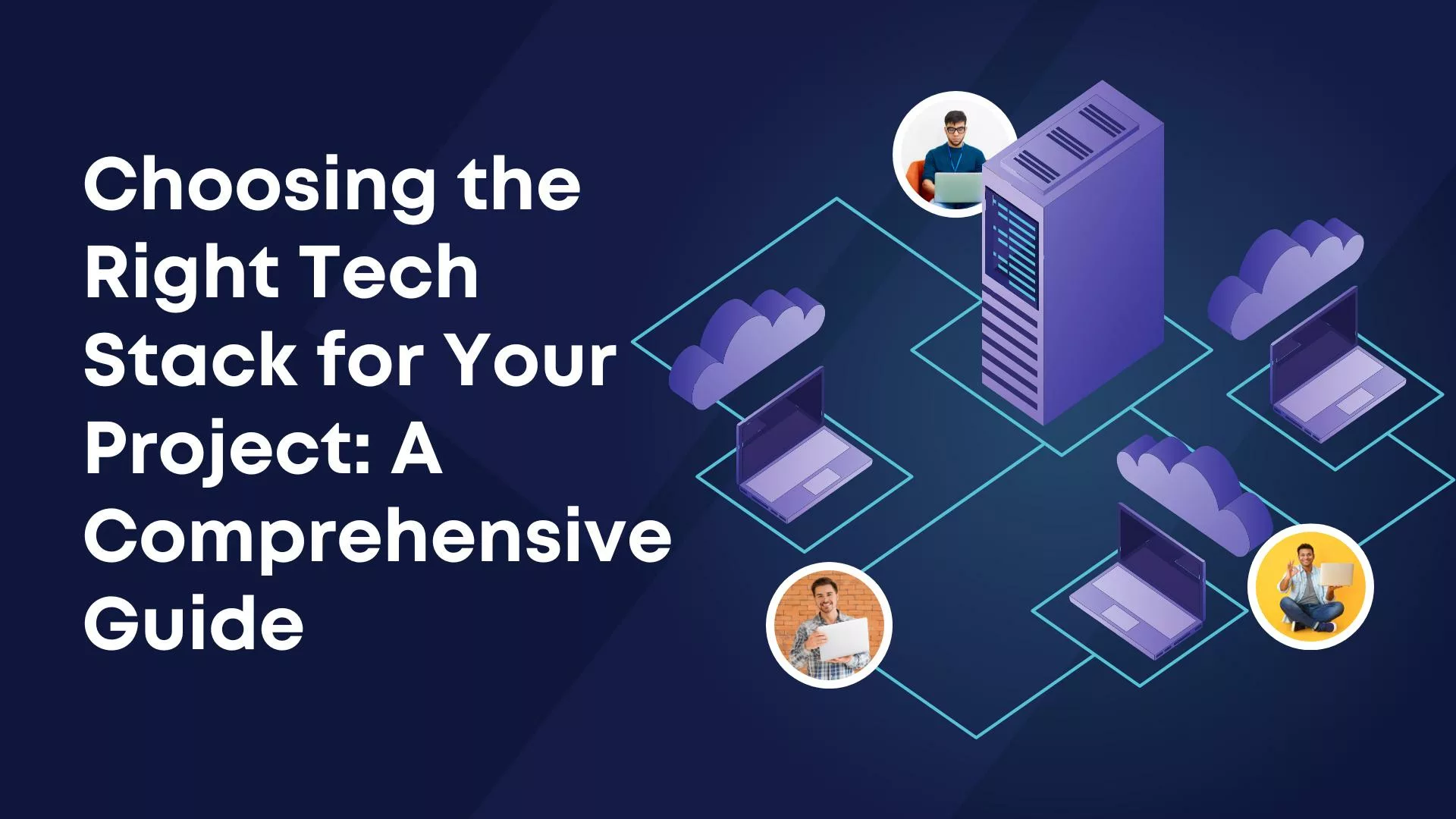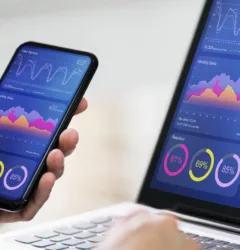When it comes to selecting the right tech stack for your project, partnering with a reputable web development company or opting for professional mobile application development services can be a game-changer. These experienced teams bring a wealth of knowledge and expertise to the table, making the tech stack selection process smoother and more efficient.
Selecting the right technology stack for your software project is akin to choosing the foundation of a building; it forms the basis upon which your entire application will be built. Making an informed decision at this stage can significantly impact your project’s success, scalability, and maintainability. In this comprehensive guide, we’ll walk you through the process of choosing the perfect tech stack for your project.
What is a Tech Stack?
A tech stack, short for technology stack, is a combination of programming languages, frameworks, libraries, and tools used to build a software application. It is divided into three key components:
1. Front-end
2. Back-end
3. Database
Steps to Choose the Right Tech Stack
1. Define Your Project's Requirements
The first step is to have a clear understanding of your project’s goals, features, and expected user experience. Consider aspects such as:
– Project type (web app, mobile app, desktop app, etc.)
– Scalability requirements
– Performance expectations
– Security needs
– Budget constraints
– Development timeline
2. Consider Your Team's Expertise
Evaluate your development team’s skillset. Choosing technologies they are familiar with can streamline development and reduce the learning curve. However, be open to learning new technologies if they are better suited for your project.
3. Explore Programming Languages
Research and compare programming languages that align with your project’s requirements. Popular choices include:
JavaScript: Widely used for web development, especially for building interactive front-end applications.
Python: Known for its simplicity and readability, often used for web development, data science, and artificial intelligence.
Java: Renowned for its robustness and versatility, commonly used for enterprise-level applications.
Ruby: Known for its elegant syntax, often chosen for web development projects.
C#: A versatile language for developing Windows applications and web applications on the .NET framework.
Go: Praised for its speed and efficiency, suitable for building scalable, high-performance applications.
PHP: Frequently used for web development, particularly with content management systems like WordPress.
4. Select a Framework
Frameworks provide a structured foundation for your application. For example:
- Front-end frameworks: React, Angular, Vue.js for web applications.
- Back-end frameworks: Node.js, Ruby on Rails, Django, Express.js.
- Mobile app frameworks: React Native, Flutter, Swift (for iOS), Kotlin (for Android).
5. Choose a Database
The choice of a database system depends on your data storage and retrieval needs:
- Relational Databases: MySQL, PostgreSQL, Microsoft SQL Server.
- NoSQL Databases: MongoDB, Cassandra, Redis.
- NewSQL Databases: CockroachDB, Google Spanner (for distributed databases).
6. Assess Additional Tools and Libraries.
Consider other tools and libraries that can enhance your project, such as content management systems (e.g., WordPress), authentication systems (e.g., OAuth), and third-party APIs.
7. Plan for Scalability and Future Growth
Anticipate your application’s growth and scalability requirements. Ensure that your tech stack can accommodate increased traffic and data without major overhauls.
Conclusion
In conclusion, when you’re on the journey to choose the perfect tech stack for your project, don’t hesitate to collaborate with a trusted web development company. Their partnership can make a significant difference in streamlining the decision-making process and ensuring that your project is built on a solid technological foundation.





